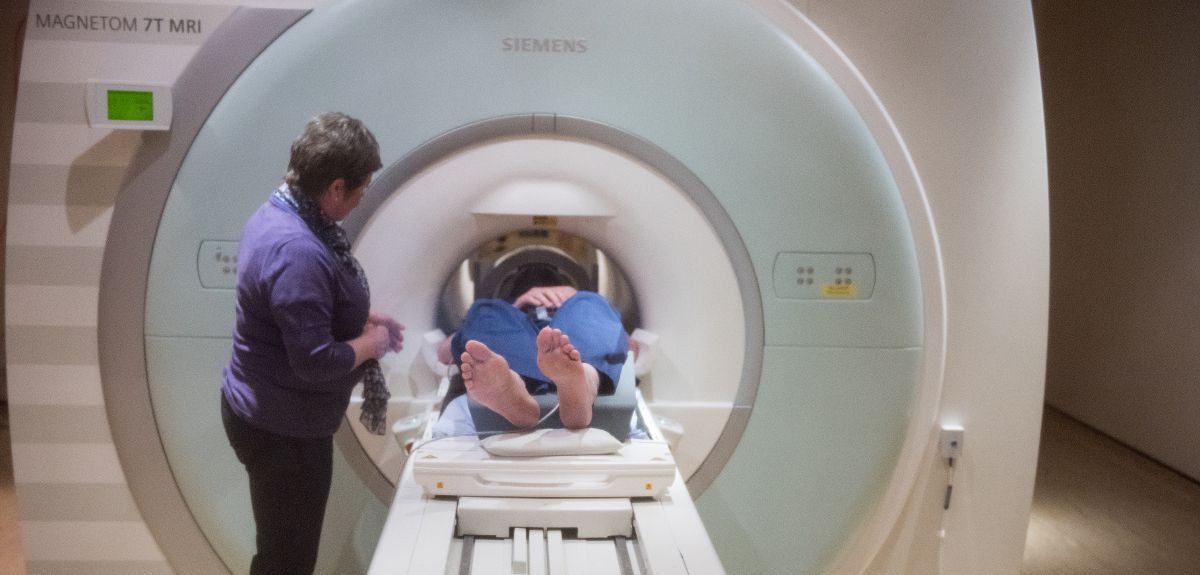Is it possible to develop a superpower with training?

Wouldn't it be great to be able to hear what people are whispering behind your back? Read the bus schedule at the bus stop on the other side of the street? The perceptual abilities of all the senses differ greatly from person to person. But do we need to reconcile with the sensory perception that we have? Or can we improve it?
The difference in perception is especially visible in the most valuable senses - hearing and sight. But for some people the capabilities of other senses are superior to the average. For example, there are “ super-tasters ” that feel the taste of various sweet and bitter substances more strongly (this property is associated with an increased number of taste buds at the tip of the tongue). But at the same time, these supertasters have to put up with heightened sensations from such irritants as alcohol and chili.
')
Tactile sensations are better developed in women than in men. However, it turns out that the whole thing is not about sex differences, but about the size of fingers. In small fingers, the receptors are more densely packed, therefore they are able to recognize tactile sensations with the best “resolution”. So if a man and a woman have fingers of the same size, their tactile sensations will coincide.
We teach perception
The sensory receptors present in the body set limits on our sensory capabilities. But this is not all: our feelings are much more flexible than you could imagine. A science field dedicated to sensory learning helps us understand the process of perception and the methods for improving it.
Research shows that just as we can improve skills like sports or language, we can train to improve the results of what we can see, hear, feel, smell and smell. During a typical workout, the trainee is provided with a set of sensory stimuli that differ in their simplicity of perception. If we are talking about tactile sensations, then it can be the vibrations of special pads for fingers, varying in frequency.
The practitioner tries to assess the difference between the two stimuli - they are different or the same. Usually, it all starts with easy comparisons (incentives are very different) and then it becomes more complicated. Feedback, indicating the correctness of the response, greatly improves the absorption of the material - it helps people to compare their feelings with the real properties of stimuli.

For a long time, there was an opinion that one can improve one's feelings only with the help of such trainings. But it is also possible to improve sensitivity without actively doing anything , or even not realizing that this is happening. In one surprising example, scientists trained the subjects in a brain scanner to create a picture of the activity of the brain areas corresponding to the one that would have been obtained if the subjects looked at certain visual content. Scientists gave them feedback describing how well the test subjects were able to create the desired activity pattern. This process is called " reverse neurosvyaz ".
By the end of the training, the subjects were asked to identify various visual stimuli, including the one that they "saw" during the training. It turned out that they determined the necessary visual stimulus much faster and more accurately, although in practice they had never seen it.
Amazing results
But how much greater perception improvement can you expect? It depends on the duration of classes and your diligence, as well as its effectiveness. The improvement may be noticeable: in our research, tactile learning caused an improvement in perception by 42% compared to the initial level in just two hours of training. It is surprising that in some studies it is reported that perception sometimes improves beyond the limits of the possibilities that the receptors seemed to have - go into the area of hypersensitivity .
For example, in the case of vision, people can usually see with a resolution greater than the distance between the individual receptors in the eye. You can imagine the pixels in the photo - the more pixels, the more detail. In the case of hyper-perception, people can see better than the pixel resolution in principle (the same results are observed when studying other senses, including touch and hearing ).
So how can this be? It's all about clever processing of information in the brain : the brain reads data from all receptors and finds the “center of gravity” of the image - this determines the location and shape of spatial clusters of information in the grid. A surprisingly large percentage of perception is carried out more by the brain than by the receptors themselves.
For example, training the vision is in no way connected with the change of photoreceptors in the eye. The same sensory information comes through these receptors, but training allows the brain to filter out noise and more effectively tune in to the sensory signal.
Another evidence that learning is not at the receptor level is the ability of learning to spread. For example, if you train feelings on one finger of your hand, then this ability will miraculously spread to other fingers , since they are all connected in the brain.

The fact that we can train the brain and improve the extraction of sensual information is good news. Not least because our sensory sensitivity decreases with age .
A plus can be considered the fact that developers and scientists have long been trying to promote - using the concepts of sensation training to create special mobile applications. They will not help to overcome the difficulties associated with age-related deterioration of perception or with problems in the work of receptors. But with the proper development of the application, it can significantly improve your abilities. There is even evidence that such training programs can have a positive effect on your activity - for example, visual perception training improves results when playing baseball .
Some of them are already available for download - for example, the UltimEyes application developed by researchers from the University of California at Riverside. Now they are raising funds through a crowdfunding for a prototype hearing application. Other groups follow their lead. Perhaps soon we will have a way to noticeably improve our sensory perception with the help of a regular smartphone.
Together with the rapid progress of scientific progress, we are moving towards amazing possibilities, increasing the work of our senses to the maximum and helping people who suffer from deterioration of feelings to rehabilitate, and also just becoming steeper.
Source: https://habr.com/ru/post/374029/
All Articles